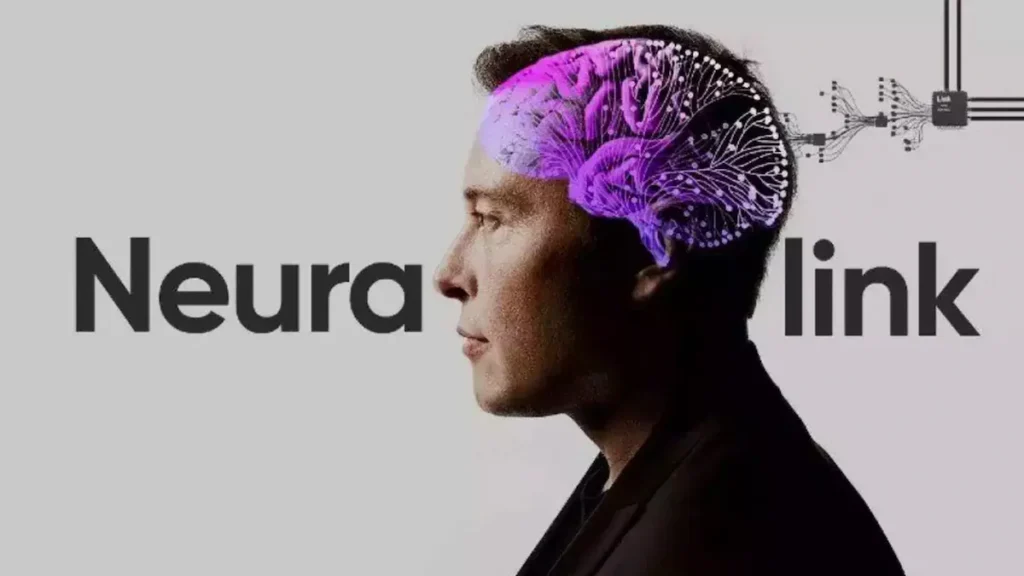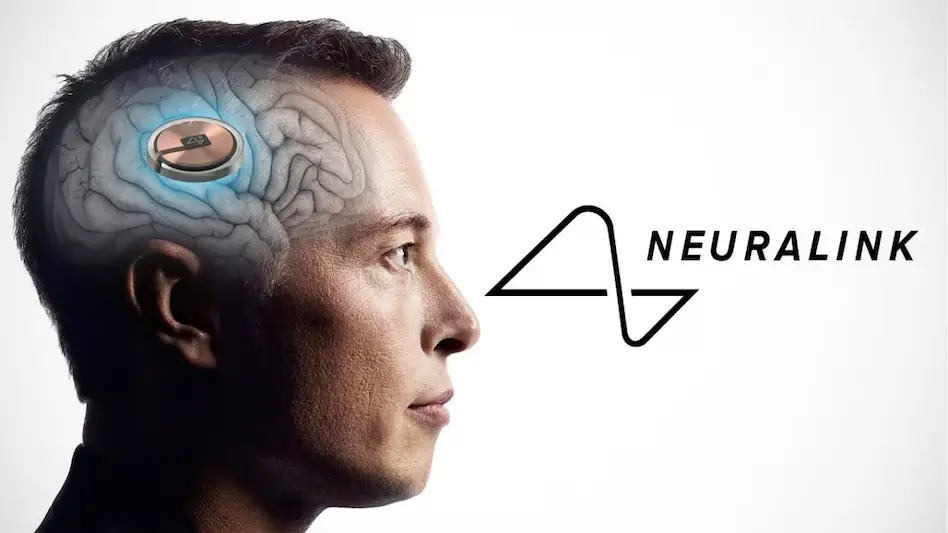Elon Musk, the visionary entrepreneur behind Tesla and SpaceX, has set his sights on a new frontier: the human brain. Through his company Neuralink, he’s developing a brain-computer interface (BCI) – essentially a brain chip – that promises to revolutionize how we interact with technology and even enhance our cognitive abilities.
But Neuralink isn’t without its share of controversy. Let’s delve into the world of this futuristic technology, exploring its potential benefits, ethical considerations, and the challenges that lie ahead.
The Promise of Neuralink
Neuralink’s core technology is a high-bandwidth implant containing microscopic threads embedded into the brain. These threads record electrical signals from neurons, the brain’s communication cells. By deciphering these signals, Neuralink aims to:
- Restore lost function: For individuals with paralysis or neurological conditions, Neuralink could provide a communication and control channel, allowing them to operate computers, robotic limbs, or other devices using their thoughts.
- Enhance human ability: In the future, Neuralink envisions a world where the chip can augment memory, learning, and even directly interface with artificial intelligence (AI). Imagine learning a new language instantly or accessing information directly from your brain.
These possibilities are nothing short of mind-blowing. Neuralink has the potential to improve the lives of millions with disabilities and usher in a new era of human-computer interaction.

A Technological Balancing Act
However, Neuralink’s ambition is matched by the complexity of the human brain. There’s still much to learn about how our brains work, and the challenges of long-term biocompatibility and data security with brain implants are significant.
Here are some key concerns:
- Ethical considerations: Neuralink raises profound ethical questions. Who controls the data collected from the brain? Could brain chip technology exacerbate social inequality? What happens in the case of hacking or malfunction?
- Safety and biocompatibility: Implanting a device in the brain is a delicate procedure. Long-term safety and the body’s acceptance of the implant are crucial aspects that require extensive testing.
- Unrealistic expectations: Neuralink’s pronouncements about human augmentation are exciting, but they should be approached cautiously. The technology is in its early stages, and there are significant hurdles to overcome before these futuristic applications become reality.
The Road Ahead for Neuralink
In January 2024, Neuralink announced its first successful human implant, marking a significant milestone. However, large-scale human trials are still needed to assess the technology’s safety and efficacy.
Open communication and collaboration with scientists, ethicists, and the public will be crucial for Neuralink’s success. The company must prioritize safety and address ethical concerns to ensure its technology is used responsibly.
A Brave New World Awaits
Neuralink represents a significant step towards a future where our brains and technology are seamlessly integrated. While the potential benefits are immense, the ethical and technical challenges are equally daunting. Neuralink’s journey will undoubtedly be closely watched, as it holds the potential to reshape our understanding of ourselves and our place in the ever-evolving technological landscape.
